The way we design our homes, choose our outfits, and structure our daily lives speaks volumes about our personalities. Two opposing yet equally influential lifestyles—minimalism and maximalism—have gained traction in recent years. While minimalists seek simplicity and decluttered spaces, maximalists embrace abundance, boldness, and self-expression.
So, what do your lifestyle choices say about you? Let’s explore these two contrasting philosophies, their psychological effects, and how they influence different aspects of life, from interior design to fashion and mindset.
1. What is Minimalism?
Minimalism is the philosophy of “less is more.” It emphasizes simplicity, functionality, and eliminating excess to focus on what truly matters.
Core Principles of Minimalism:
✅ Intentional Living – Owning and consuming only what is necessary and meaningful.
✅ Decluttered Spaces – Clean, open, and organized environments free of unnecessary items.
✅ Neutral Aesthetics – Simple color palettes, functional furniture, and a calm atmosphere.
✅ Mindful Consumption – Avoiding impulse purchases and prioritizing quality over quantity.
What Minimalism Says About You:
- You value clarity, organization, and focus.
- You seek peace of mind and reduced stress.
- You prefer experiences over material possessions.
- You are drawn to simplicity and functionality.
2. What is Maximalism?
Maximalism is the belief that “more is more.” It embraces bold colors, patterns, textures, and an abundance of personal expression. Instead of reducing possessions, maximalists curate and layer their items to create visually rich environments.
Core Principles of Maximalism:
✅ Self-Expression – Spaces, wardrobes, and collections reflect personality and creativity.
✅ Bold Aesthetics – Vibrant colors, patterns, and a mix of textures and styles.
✅ Abundant Decor – Layering art, books, and meaningful items without worrying about excess.
✅ Freedom from Constraints – No strict rules; instead, everything has a place and purpose.
What Maximalism Says About You:
- You are creative and expressive, enjoying visual stimulation.
- You feel comfortable in dynamic, energetic environments.
- You see beauty in organized chaos and curated collections.
- You value sentimental and nostalgic items, keeping them as part of your identity.
3. Minimalism vs. Maximalism in Different Aspects of Life
🏠 Interior Design
Minimalist Homes
Minimalist interior design follows the “less is more” principle, focusing on simplicity, functionality, and uncluttered spaces. These homes emphasize clean lines, neutral color palettes, and carefully curated furniture to create a sense of calm and openness.
✔️ Key Features:
- Open floor plans with lots of negative space.
- Neutral colors (white, beige, gray) with occasional natural wood or soft pastels.
- Functional, multi-purpose furniture (e.g., storage beds, foldable tables).
- Minimal decorative elements—each item is intentional and serves a purpose.
- Large windows and natural light to enhance a sense of airiness.
✔️ Popular Minimalist Design Styles:
- Scandinavian Design – Emphasizes cozy minimalism with warm wooden textures and soft furnishings.
- Japanese Zen Interiors – Focuses on harmony, simplicity, and nature-inspired aesthetics (e.g., Shoji screens, tatami mats).
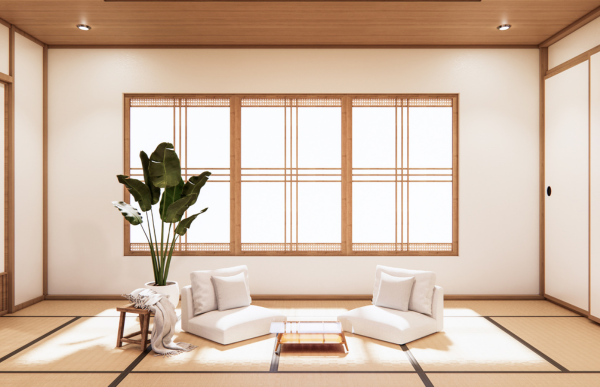
Maximalist Homes
Maximalist design thrives on bold expression, layering, and curated abundance. Instead of empty spaces, maximalist homes are filled with vibrant colors, patterns, textures, and unique statement pieces.
✔️ Key Features:
- Layered decor – Mix of textures, patterns, and colors.
- Bold and contrasting color palettes (e.g., deep blues, rich reds, golden hues).
- Statement furniture with intricate detailing.
- Gallery walls filled with artwork, travel souvenirs, and collectibles.
- Blended styles – Modern, vintage, Bohemian, and Art Deco often combined.
✔️ Popular Maximalist Design Styles:
- Bohemian – A mix of cultural and artistic influences, full of color and pattern.
- Victorian – Luxurious, antique-inspired interiors with rich textures and ornate furnishings.
- Eclectic – A highly personalized mix of vintage and contemporary design elements.
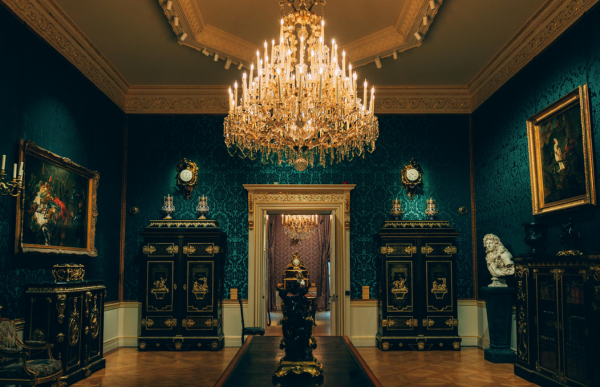
👗 Fashion and Personal Style
Minimalist Wardrobe
Minimalist fashion is about quality over quantity—owning a small, versatile wardrobe that can be mixed and matched effortlessly. It often features neutral colors, classic silhouettes, and timeless staples that never go out of style.
✔️ Key Features:
- A capsule wardrobe with a limited number of versatile pieces.
- Neutral or monochrome color palettes (black, white, beige, gray).
- High-quality fabrics and tailored fits.
- Simple accessories—delicate jewelry, structured handbags, classic watches.
- Prioritization of functionality and practicality (e.g., a single good-quality coat for all seasons).
Maximalist Fashion
Maximalist fashion is all about bold choices, self-expression, and variety. It embraces patterns, textures, statement pieces, and creative layering to create visually striking and unique outfits.
✔️ Key Features:
- Bright colors and vibrant patterns (florals, animal prints, geometric shapes).
- Statement accessories – oversized earrings, bold handbags, chunky jewelry.
- Mixing and layering textures (silk with leather, denim with velvet).
- Vintage, thrifted, or one-of-a-kind pieces for a personalized touch.
- Experimental styling – unique combinations that challenge conventional fashion rules.
🧠 Mental and Emotional Impact
Minimalism and Mental Clarity
Minimalist environments promote a sense of calm, clarity, and focus. Research suggests that clutter-free spaces reduce stress and anxiety, allowing people to concentrate better.
✔️ Psychological Benefits:
- Reduced visual distractions = better focus and productivity.
- Lower stress levels due to a more organized space.
- Sense of freedom from materialism and emotional baggage.
- Encourages a mindful, present-focused lifestyle.
Maximalism and Emotional Stimulation
For some, maximalist spaces stimulate creativity and evoke joy. Being surrounded by meaningful objects, colors, and art can inspire innovation and self-expression.
✔️ Psychological Benefits:
- Encourages creative thinking and artistic inspiration.
- Personalization fosters a sense of identity and nostalgia.
- Stimulates energy and excitement, making the environment feel dynamic.
- Allows freedom to collect and showcase meaningful possessions.
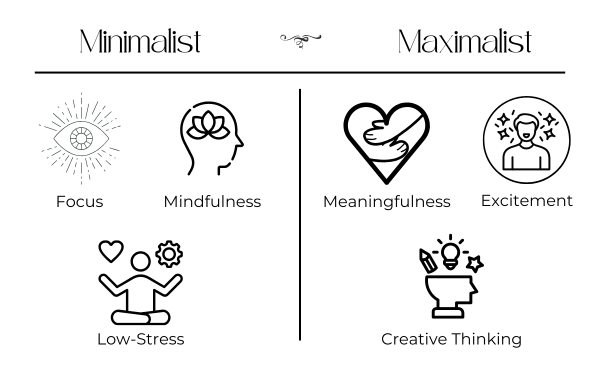
💰 Financial Lifestyle
Minimalist Financial Approach
- Minimalists focus on intentional spending, buying only what they truly need or value. They prefer quality over quantity and often aim for financial independence.
✔️ Spending Habits:
- Prioritize experiences over material possessions.
- Invest in high-quality, durable items rather than fast fashion or trends.
- Maintain a simple lifestyle with fewer unnecessary expenses.
- Less spending on impulse purchases due to a decluttered mindset.
Maximalist Financial Approach
- Maximalists embrace spending on passions and aesthetics, whether it’s art, collectibles, fashion, or interior decor. They see possessions as an extension of their identity and self-expression.
✔️ Spending Habits:
- Collect and invest in art, fashion, furniture, or meaningful objects.
- Enjoy frequent shopping and exploring new trends.
- Prioritize self-expression and experiences through material possessions.
- Tend to spend more on aesthetics, customization, and variety.
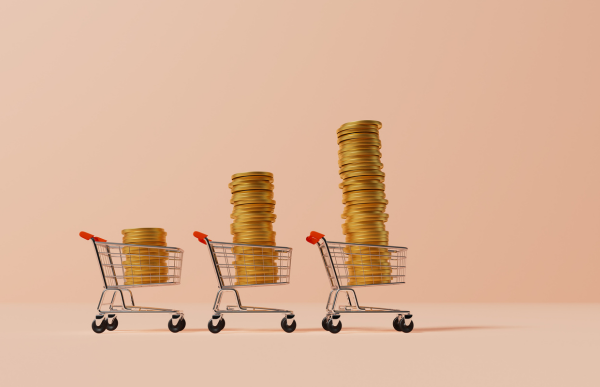
4. Which Lifestyle is Right for You?
There is no right or wrong approach—your choice between minimalism and maximalism depends on your personality, goals, and environment.
👉 You might be a minimalist if:
✔️ You enjoy clean, open spaces.
✔️ You feel overwhelmed by clutter.
✔️ You value experiences over possessions.
✔️ You prefer neutral, calming environments.
👉 You might be a maximalist if:
✔️ You love collecting and displaying meaningful items.
✔️ You find comfort in vibrant and dynamic surroundings.
✔️ You believe more is better when it comes to decor, art, and fashion.
✔️ You thrive in visually rich, expressive spaces.
Your lifestyle choices—whether minimalist or maximalist—reflect your values, personality, and emotional needs. While minimalism prioritizes simplicity and clarity, maximalism celebrates abundance and self-expression. There’s no one-size-fits-all answer, and many people find balance between both styles.
So, are you a dedicated minimalist, a full-blown maximalist, or somewhere in between? Let us know in the comments! 🎨🖼️🌿
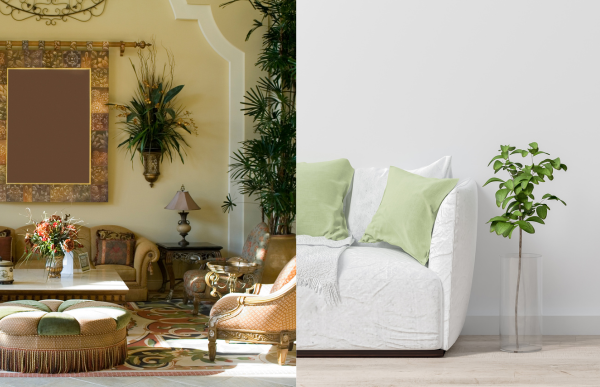
Leave a Reply